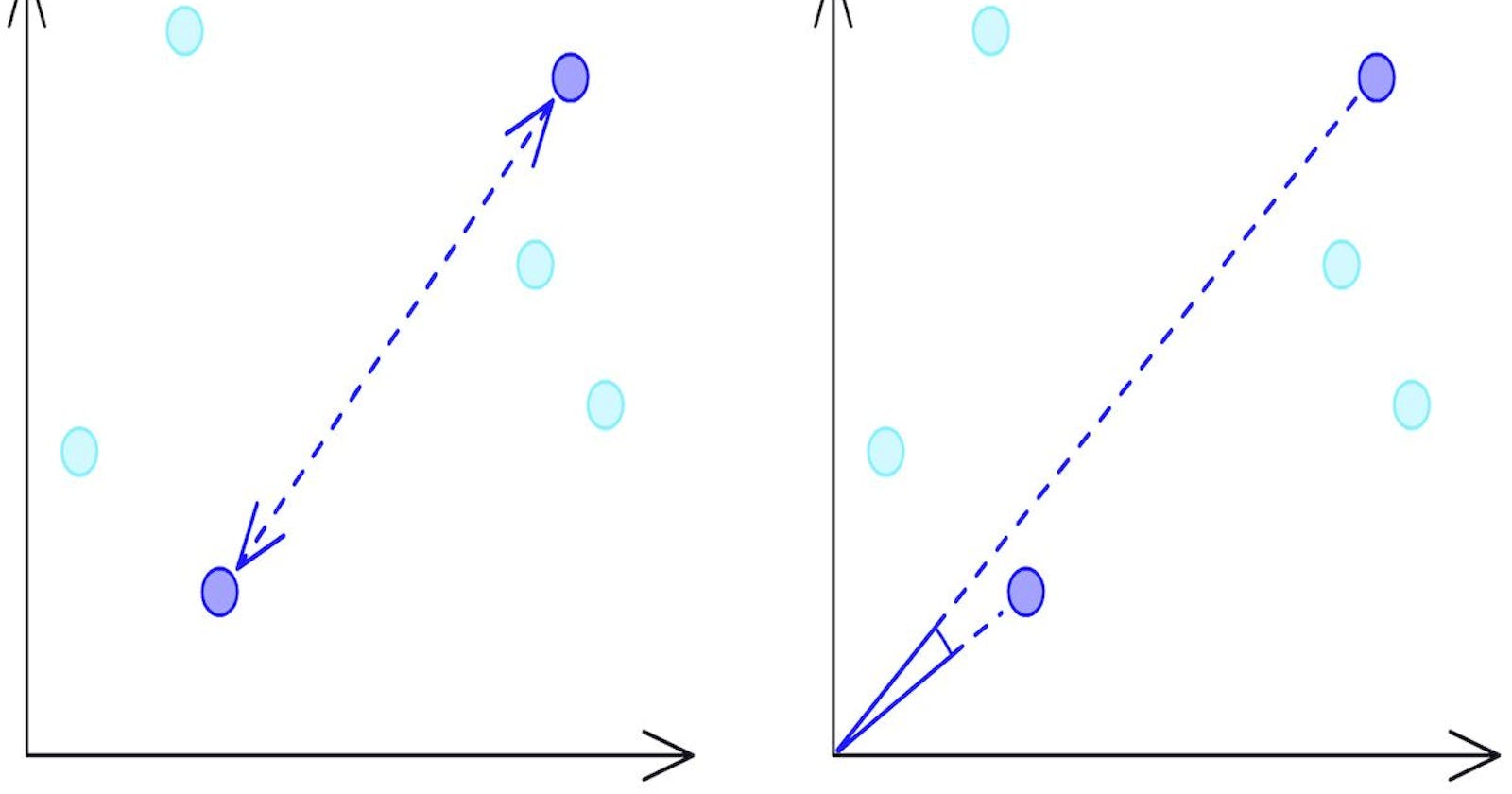With advancements in machine learning and artificial intelligence (AI), natural language understanding (NLU) and generation (NLG) have significantly improved, leading to the development of highly sophisticated language models like ChatGPT. One of the key components behind the success of these models is the effective management of data, especially through vector databases. In this blog post, we'll delve into vector databases and explore their importance in the context of ChatGPT.
What are Vector Databases?
Vector databases are specialized databases designed to handle high-dimensional data in the form of vectors. These vectors represent points in a multi-dimensional space, and the database is optimized to perform fast and efficient operations, such as similarity search, on this high-dimensional data.
The core idea behind vector databases is to organize and store the vectors in a way that allows for efficient comparison and retrieval. This is crucial for applications like search engines, recommender systems, and AI-based chatbots, where finding the most relevant items in a large dataset is key to performance.
How Vector Databases Relate to ChatGPT
ChatGPT is an advanced language model that uses deep learning techniques to understand and generate human-like text. It is based on the GPT-4 architecture, which involves training the model on massive amounts of textual data. During this training process, the model learns to represent words, phrases, and entire sentences as high-dimensional vectors.
These vectors, often referred to as embeddings, capture the semantic relationships between the text elements they represent. For example, similar words will have similar vector representations, allowing the model to identify relevant text passages based on their vector representations.
To enable efficient retrieval of relevant text passages during a conversation, ChatGPT relies on vector databases. The databases store the embeddings of textual data, enabling ChatGPT to search and retrieve similar text passages or responses when engaged in a conversation with a user.
The Importance of Vector Databases in ChatGPT
Speed and Efficiency: Vector databases enable fast and efficient operations on high-dimensional data. This is essential for ChatGPT to generate meaningful responses in real-time, ensuring smooth and seamless conversations.
Improved Relevance: By storing embeddings that capture semantic relationships, vector databases help ChatGPT retrieve the most relevant responses or text passages. This leads to more accurate and contextually appropriate responses in a conversation.
Scalability: As ChatGPT evolves and its knowledge base expands, the amount of data it needs to manage grows exponentially. Vector databases are designed to handle such large-scale data, ensuring that ChatGPT continues to function effectively even as its dataset increases in size.
Adaptability: Vector databases can be tailored to the specific requirements of various applications, including AI chatbots like ChatGPT. This flexibility allows developers to optimize performance and ensure the best possible user experience.
Vector databases play a critical role in the functionality and performance of advanced language models like ChatGPT. By facilitating efficient management of high-dimensional data, these databases enable ChatGPT to generate more relevant, contextually appropriate, and real-time responses in conversations. As AI and NLU/NLG technologies continue to advance, the significance of vector databases in shaping the future of AI-based interactions will only grow.

